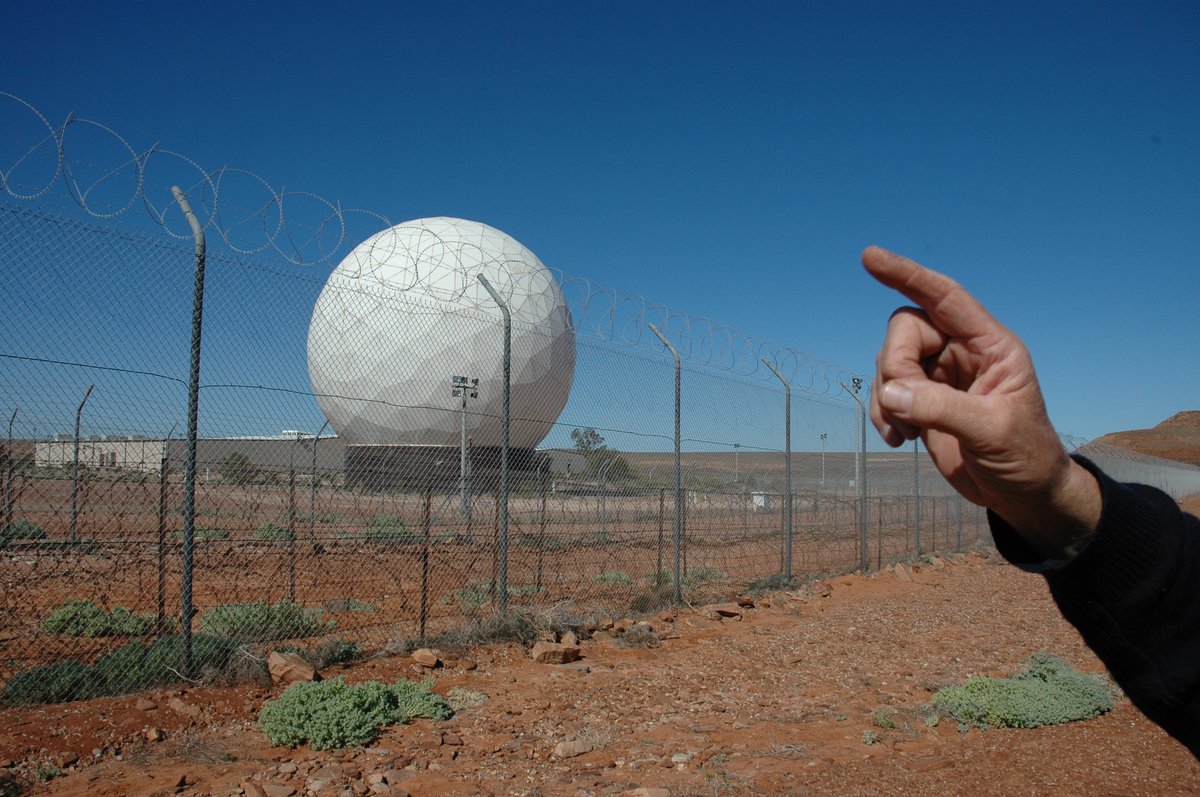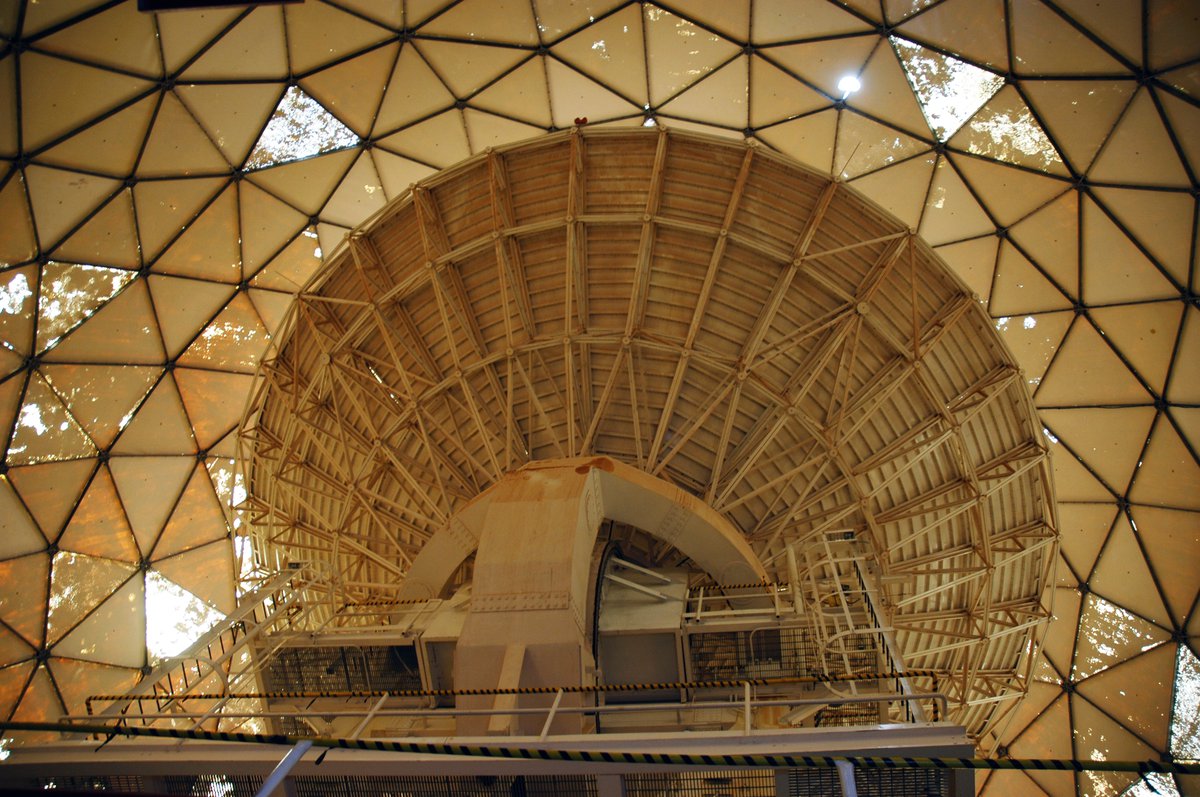Louise K. Wilson

Nurrungar Listening Station, Australia
In ‘Resounding and fading away’ - listening to echoes she asks what does convolution reverb bring to our relationship with the echoing past and the desire to recover it? The ‘after effect’ of reverberation can be stored and added to any sound/signal. In essence, a new sound can be convolved with the original recording of the space and have its properties imposed upon it. Since changes in the reverberation can transform the characteristics of the sound ‘in itself’ and the range of possible meanings ascribed to it, it is not merely an effect. As the timbre of a sound is transformed, shifts of association and meaning are created as the stored acoustic signature subsequently carries sounds recorded elsewhere. Temporal and geographic markers are deterritorialized when a voice, for example, can be heard to emanate from a space the speaker has never visited.
Louise K Wilson is a visual artist and lecturer who makes installation, audio and video works. She uses sound to ask philosophical and material questions about the spatio-temporal physicality of certain sites and our perceptions of them. She has traveled to numerous (military and scientific) sites including nuclear submarines, US listening stations, university halls, marine research environments, rocket launch sites and disused RAF bases in pursuit of the acoustics of resonant spaces. Her published writing includes book chapters for ‘In the Ruins of the Cold War Bunker’ (Rowman and Littlefield 2017) and 'Contemporary Archaeologies: Excavating Now' (Peter Lang, 2009) amongst others. She is a lecturer in Art and Design (School of Design) at the University of Leeds.

